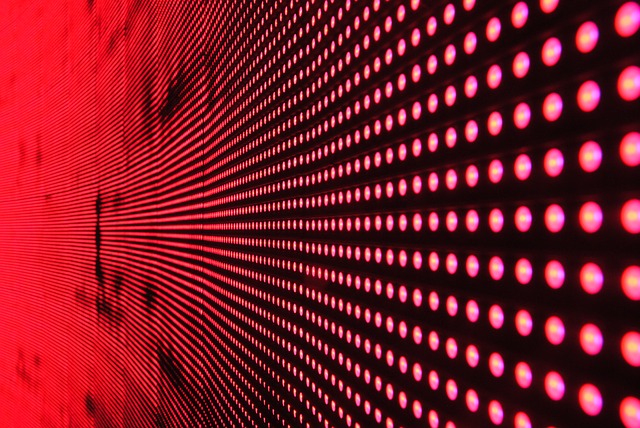
You might think you already have the best Wi-Fi system available. While that might be true in your location-the fact is that the best speed attainable still can’t be more than 300Mbps (Megabits per second). Which again, is great but will definitely pale in comparison to Wi-Fi speeds that can actually go 100 times faster.
Present WiFi systems depend on radio signals with a frequency range of only 2.5 to 5 Gigahertz, and as mentioned, capable of achieving maximum speeds of up to 300 Mbps. According to a press release, researchers from the Eindhoven University of Technology in the Netherlands have discovered a way to transform this ‘slow’ Wi-Fi into lightning speed Wi-Fi. Their solution? An infrared system that can achieve higher frequencies — up to 200 terahertz — and a massive capacity of more than 40 Gbps (Gigabits per second) per ray of light. To be more specific, this proposed system is the subject for which doctoral student, Joanne Oh, received her PhD degree and ‘cum laude’ honor for.
The new system isn’t just easy to set up; it’s theoretically quite inexpensive too. All it takes is a few central ‘light antennas’ mounted strategically (ex. on the ceiling). Data will come from these antennas capable of precisely directing rays of light coming from an optical fiber source. This works through the pair of gratings within the antennas that beam light rays of varying wavelengths at varying angles to different devices.
Each connected device is assigned with its own wavelength, which effectively eliminates the problem of ‘bandwidth sharing.’ In other words, the speed remains constant even when multiple users are on the network. If you add another device, the light antenna will simply assign a different wavelength to it.
As a Wi-Fi user moves around and his/her connected device moves out of the antenna’s range or line of sight, another antenna takes over, so there’s no loss of signal.
Having this ‘unique’ wavelength doesn’t just keep the speed from being messed up, it also eliminates interference from other WiFi networks. And because the antennas don’t have any moving parts, they’re maintenance-free and don’t even require power.
By the way, the system makes use of safe infrared wavelength that doesn’t reach the sensitive part of our retinas, meaning, the technique is in no way harmful.
So far, the group has only been able to use their Wi-Fi system for downloading. And the speed is pretty impressive. Apparently, they were able to achieve a maximum speed of 42.8 Gbps over a distance of 2.5 meters. To put this into perspective, consider that the average connection speed in the Netherlands is only about 17.6 Mbps.
While Joanne Oh’s focus was on using ‘directable infrared light rays’ to transmit data, other PhD students are continuing to work on the part of the system involving location tracking of wireless devices and the fiber-optic network that will connect the antennas. According to Professor Ton Koonen, head of the BROWSE project, he expects that the technology will become commercially available in about 5 years at the earliest.
- Bulenox: Get 45% to 91% OFF ... Use Discount Code: UNO
- Risk Our Money Not Yours | Get 50% to 90% OFF ... Use Discount Code: MMBVBKSM
Disclaimer: This page contains affiliate links. If you choose to make a purchase after clicking a link, we may receive a commission at no additional cost to you. Thank you for your support!


Leave a Reply